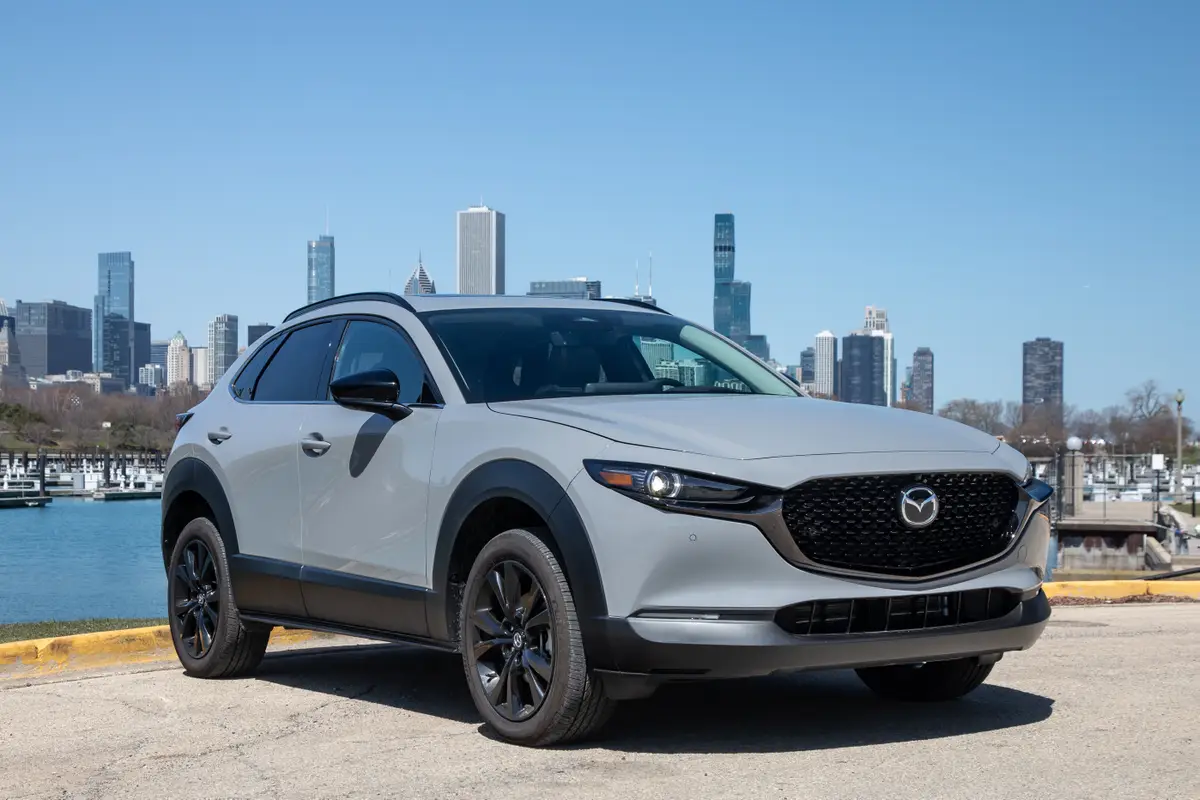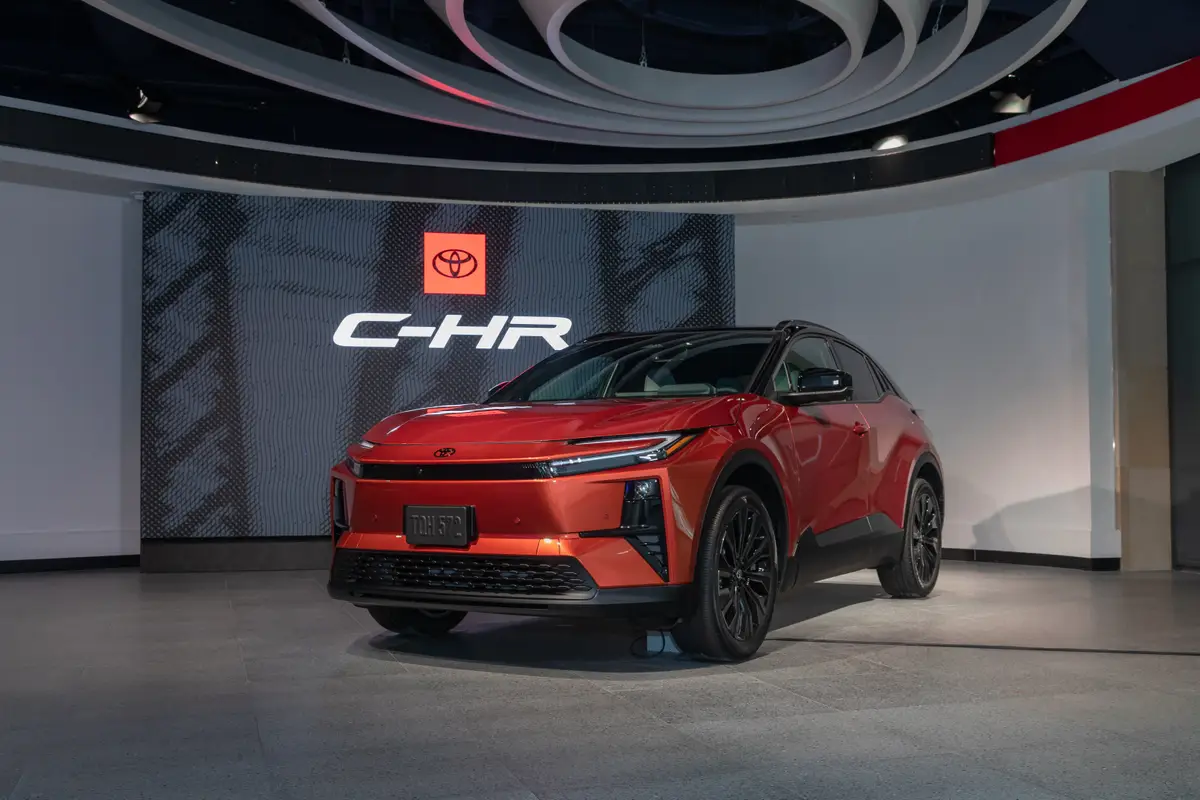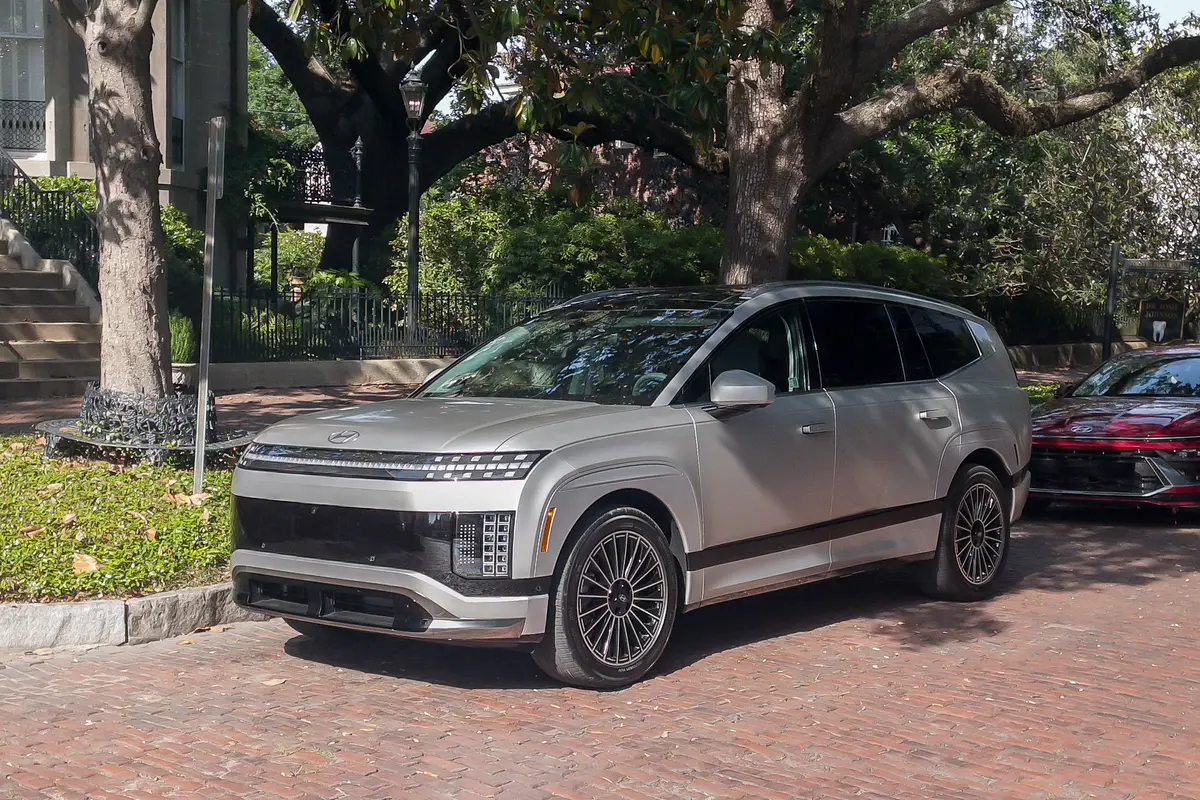2004 Mitsubishi Lancer Evolution: What's New
Vehicle Overview
When the Mitsubishi Lancer Evolution VII racecar was revealed at the 2001 New York International Auto Show, it was fitted with a 280-horsepower engine and all-wheel drive. Two years later, a street version emerged.
Sometimes dubbed “Evo,” the rally sports-inspired model is the eighth Evolution car since 1992. The first one competed in the 1993 World Rally Championship in Monte Carlo, France. Each prior version has been available in Japan, but the Evolution VIII is the first one offered at U.S. dealerships. Mitsubishi says, “This entire family of highly developed sedans exists for the sole purpose of domination in competition.”
Breathing through an intercooled turbocharger, the 2.0-liter four-cylinder engine has four valves per cylinder and makes 271 hp. The engine works with a five-speed-manual transmission and full-time all-wheel drive. The automaker claims the Lancer Evolution can accelerate from zero to 60 mph in 5 seconds. A set of large Brembo brakes are used to bring the car to a swift halt.
Recaro leather seats and a 315-watt eight-speaker Infinity CD stereo are optional. Mitsubishi also introduced a Lancer Evolution RS “for racing purists, compact car tuners and hard-core driving enthusiasts.” Weight-saving measures cut nearly 150 pounds from the RS. A rear crossbar and front limited-slip differential are intended to help with handling. Deleted items include the wing spoiler, rear wiper, air conditioner, audio system, power accessories and ABS. An Urban Jungle Package restores such comforts as air conditioning and power windows, locks and mirrors.
Exterior
The styling and split grille are similar in both the regular Lancer sedan and the Evolution, but the Evo adds many noticeable extras that befit its performance orientation. Widened, blistered-aluminum front fenders and unique headlight assemblies project a stronger appearance and improve aerodynamics. A lightweight aluminum hood with a large vent opening helps dissipate engine heat.
The horizontal and vertical wings of the rear spoiler are made entirely of carbon fiber-reinforced plastic to help keep its weight down. The Evo’s torsional rigidity is said to be double that of a regular Lancer. Enkei alloy wheels hold V-rated 17-inch tires. High-intensity-discharge headlights have an auto-off feature. A sunroof is optional.
Interior
The Evolution’s interior looks similar to other Lancer sedans. Seating for five occupants includes Recaro front bucket seats. The three-spoke Momo steering wheel, gearshift knob and boot, and parking brake lever feature leather trim with black stitching. Round performance gauges are illuminated full-time with a red hue, and a 9,000-rpm tachometer sits in the center of the instrument panel.
Standard equipment includes a 140-watt Infinity CD stereo, air conditioning, keyless entry, and power windows and locks.
Under the Hood
Equipped with an intercooled turbocharger, Mitsubishi’s 2.0-liter four-cylinder engine generates 271 hp at 6,500 rpm and 273 pounds-feet of torque at 3,500 rpm; it connects to a five-speed-manual gearbox. Full-time all-wheel drive is standard, and a single 4-inch-diameter tailpipe is visible at the rear.
Safety
Four-channel antilock brakes with electronic brake-force distribution are standard on all models but the RS. Side-impact airbags are not available.
Featured stories

2025 Mazda CX-30 Review: Pushing Toward Premium



2026 Hyundai Ioniq 9 Review: A Worthy Flagship EV

